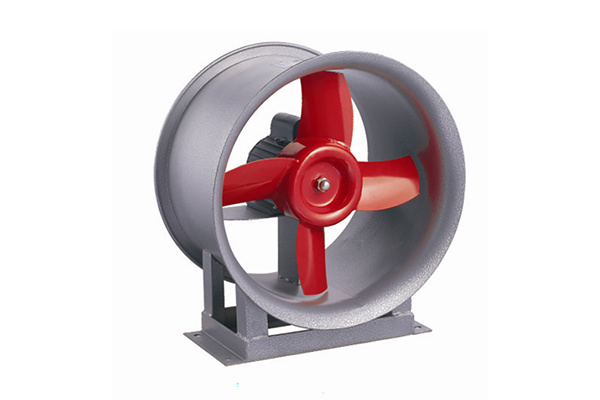Information Details
Regulating valve
Release time:
2021-07-06 17:54
The regulating valve, also known as the control valve, is the final control element in the field of industrial automation process control. It changes the flow, pressure, temperature, liquid level, and other process parameters by receiving control signals output from the regulating control unit and using power operation. It generally consists of an actuator and a valve. According to stroke characteristics, regulating valves can be divided into linear and angular strokes; based on the power used by the actuator, they can be classified into three types: pneumatic regulating valves, electric regulating valves, and hydraulic regulating valves; according to their functions and characteristics, they can be divided into three types: linear characteristics, equal percentage characteristics, and parabolic characteristics. Regulating valves are suitable for air, water, steam, various corrosive media, mud, oil products, and other media. The English name is: control valve, and the position number usually starts with FV. Common classifications of regulating valves include: pneumatic regulating valves, electric regulating valves, hydraulic regulating valves, and self-operated regulating valves.
In the automatic control of modern factories, regulating valves play a very important role. The production in these factories depends on the correct distribution and control of the flowing media. These controls, whether for energy exchange, pressure reduction, or simply for filling containers, require certain final control elements to complete.
Regulating valves act as variable resistors in pipelines. They change the turbulence of the process fluid or provide a pressure drop in laminar flow conditions, which is caused by changing the valve resistance or 'friction'. This pressure reduction process is commonly referred to as 'throttling'. For gases, it approaches an isothermal adiabatic state, with deviations depending on the non-ideality of the gas (Joule-Thomson effect). In the case of liquids, the pressure is consumed by turbulence or viscous friction, both of which convert pressure into thermal energy, resulting in a slight increase in temperature.
Common control loops consist of three main parts. The first part is the sensitive element, which is usually a transmitter. It is a device that can be used to measure the adjusted process parameters, such as pressure, liquid level, or temperature. The output of the transmitter is sent to the regulating instrument—the regulator, which determines and measures the deviation between the set point or desired value and the actual value of the process parameters, sequentially sending correction signals to the final control element—the regulating valve. The valve changes the flow of the fluid, allowing the process parameters to reach the desired value.
Regulating valves belong to the control valve series, and their main function is to regulate parameters such as pressure, flow, and temperature of the media. They are the final control elements in the process loop.
Regulating valve, pressure, process, control, parameters, a, medium, control element, temperature
Previous Page
Next Page
Previous Page
Next Page
RELATED INFORMATION







